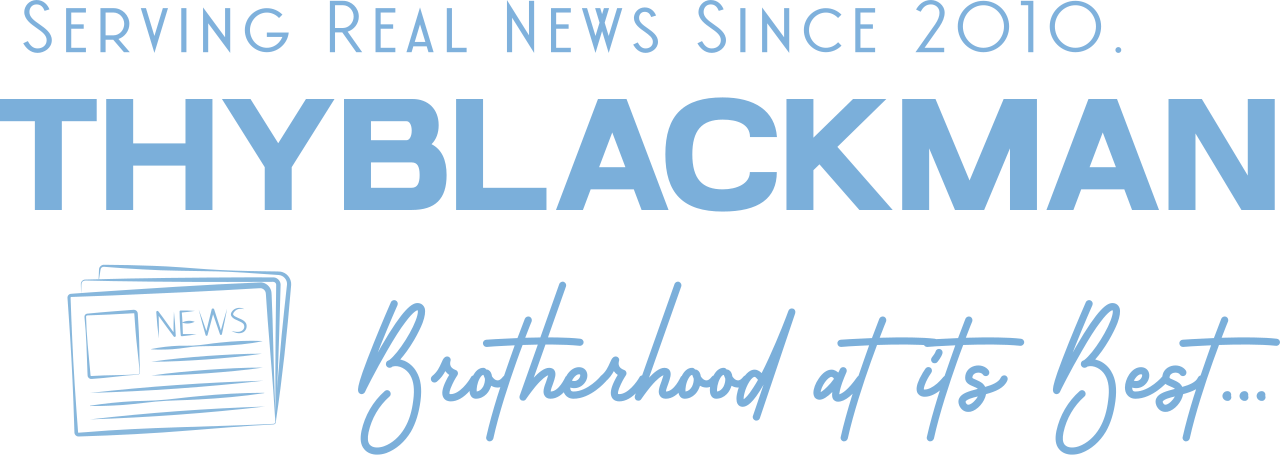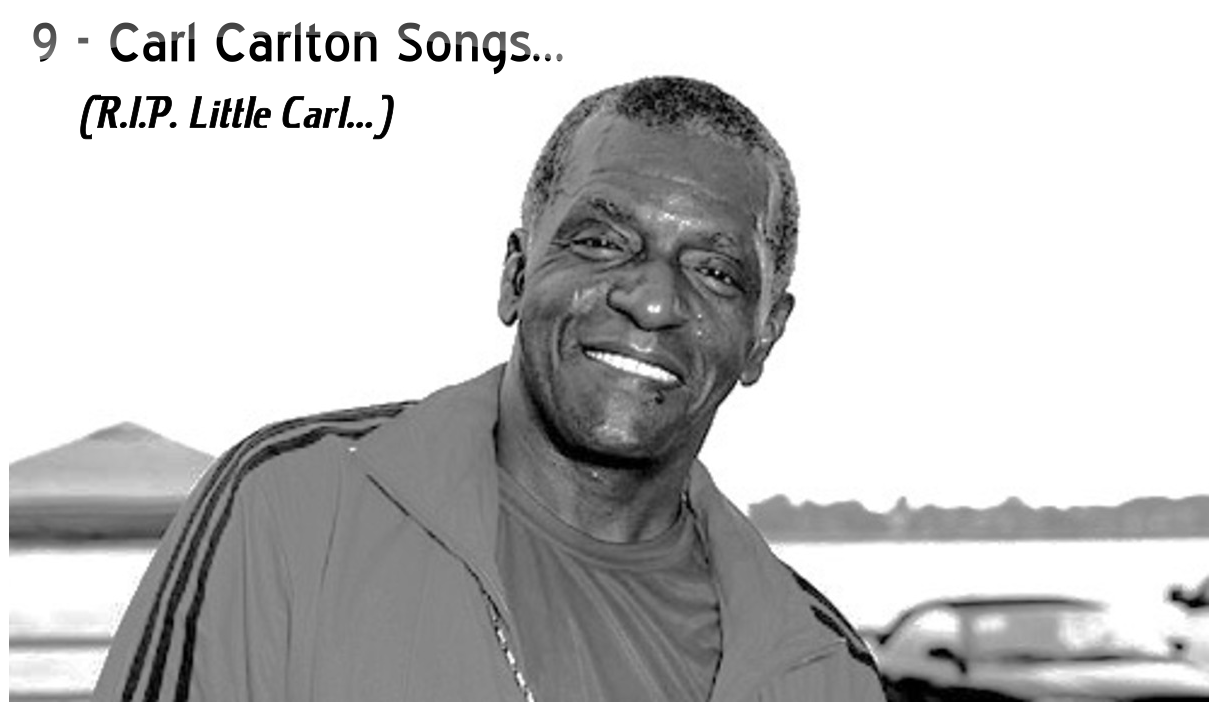(ThyBlackMan.com) Morris Day and The Time brought a level of flair, rhythm, and humor that made funk feel larger than life. Rising from Minneapolis during the golden age of Prince and the Revolution, the band became an instant sensation with their mix of sharp suits, quick wit, and irresistible grooves. Led by the unforgettable Morris Day, their music was a celebration of confidence and creativity. Each song was a reminder that funk was not just a sound but an attitude. It was about moving with style, talking with rhythm, and performing with soul. More than forty years later, their music still shines across generations. The beats remain tight, the vocals still cool, and the energy forever contagious. These eight songs prove that Morris Day and The Time did not just make funk music; they turned it into an experience that continues to inspire today’s artists.

1. Fishnet
Few tracks in Morris Day’s catalog hit with as much groove and confidence as “Fishnet.” Released in 1988, it was a reminder that funk could adapt to the emerging electronic R&B scene without losing its soul. From the first seconds, the song oozes rhythm. The bassline is tight, the synth stabs are clean, and Morris’s voice drips with confidence. This was not just a man singing about attraction. It was a master performer turning flirtation into theater.
What makes “Fishnet” stand out is the way it balances sophistication and seduction. The lyrics are playful, yet Morris’s delivery gives them an authority that only a seasoned showman could pull off. His vocal tone dances perfectly between cool detachment and mischievous energy. The Time had always been a band that played funk with precision, but “Fishnet” showed how Day could modernize that sound without losing the fire.
Listening today, “Fishnet” feels surprisingly current. Its rhythmic pulse would not be out of place in a neo-funk playlist alongside artists like Silk Sonic or Jamiroquai. The track’s structure, filled with sharp hooks and call-and-response energy, keeps it engaging from start to finish. There is no filler, just pure groove.
Morris Day’s persona on this track reminds modern listeners of what performance used to mean. It was about attitude, charisma, and chemistry. “Fishnet” is a masterclass in how to flirt musically. Even decades later, its confidence still feels fresh, its rhythm still irresistible.
What further deepens the song’s legacy is its ability to merge two eras. In the late 1980s, many funk artists struggled to transition into a sound dominated by drum machines and slick R&B production. Morris Day made that transition look effortless. He brought his natural stage charisma into the studio and turned “Fishnet” into a bridge between traditional funk and contemporary pop. The song’s clean production gave it crossover appeal while maintaining its street-level grit.
In live performances, “Fishnet” remains a crowd favorite. Audiences respond to the rhythm the same way they did more than three decades ago. The track’s playful sensuality and vibrant rhythm have made it an anthem of both nostalgia and reinvention. It is a testament to how Day’s artistry could evolve without compromise. “Fishnet” is not just a classic; it is proof that funk can be both timeless and adaptable.
2. Cool
If there were ever a single song that summed up Morris Day’s entire identity, it would be “Cool.” It was not just a hit; it was a declaration. Everything about it spoke to a man who understood that being cool is not just about fashion or fame. It is about presence.
The track opens with a confident bassline that immediately establishes its tone. The guitars shimmer, the keyboards slide, and Morris steps in with a swagger that says, “I know who I am.” His vocal performance is part croon, part brag, and entirely captivating. Each verse builds momentum until the chorus explodes with the unforgettable hook that became a mantra for funk lovers everywhere.
“Cool” still feels relevant because it captures something universal. It is not just about being stylish in the 1980s. It is about self-assurance, about walking into any room knowing that you belong there. The song’s funk foundation, with its crisp rhythm guitar and layered percussion, gives it a timeless bounce.
Even in today’s music scene, “Cool” holds up. You can hear its DNA in artists who blend funk, soul, and pop with effortless charm. Bruno Mars and Janelle Monáe channel that same attitude in their performances. Morris Day did not just sing about being cool. He defined it.
From a production standpoint, “Cool” showcases everything that made The Time special. Every member of the band contributes to a groove that feels both laid-back and intense. There is discipline in the rhythm section and flair in the melody. The interplay between Day’s vocals and the band’s tight musicianship creates a dynamic that no studio trickery could fake.
“Cool” also shaped the image of The Time as more than just a Prince-affiliated act. It was their identity carved in funk. The song’s humor, confidence, and catchiness made them household names while giving Black musicians in the early 80s a blueprint for suave individuality. Listening now, “Cool” feels like the soundtrack to confidence itself — whether you are dressing for a night out or just reminding yourself that you have that spark.
3. Gigolos Get Lonely Too
“Gigolos Get Lonely Too” shows a different side of Morris Day and The Time. Beneath the swagger and bravado, there was vulnerability. This track is a slow jam that trades in the dance floor for dim lights and introspection. Day’s vocals are softer, more emotional, but no less captivating.
The instrumentation is lush, with smooth synth layers and a rhythm that feels like a slow heartbeat. The beauty of this song lies in its honesty. Morris admits that even the most confident, smooth-talking man has his lonely moments. It is a story of showmanship meeting sincerity.
From a critical standpoint, “Gigolos Get Lonely Too” proves The Time were not just party-starters. They could convey emotion and intimacy without losing their signature flair. The song’s composition is elegant, with Prince’s production influence adding depth to the arrangement. Every note feels intentional.
When played today, it still connects. Its smoothness fits perfectly into modern R&B playlists. For anyone who has ever projected confidence while hiding loneliness, this track remains deeply relatable. It is the kind of song that transcends generations by reminding listeners that even the cool get cold sometimes.
What makes this song even more compelling is how it contrasts with the band’s usual bravado. Day’s persona is known for humor, confidence, and extravagance, but here he strips that away. The result is intimacy that feels real. The vulnerability in his tone cuts through the glossy production, giving the song emotional depth that few funk-era artists dared to show.
Critically, this song stands as a precursor to the introspective R&B ballads that would dominate the 1990s. It showed that soul and vulnerability could coexist with flash and humor. The storytelling is cinematic; you can imagine the lonely hotel room, the after-show quiet, the performer reflecting on the cost of fame. Decades later, “Gigolos Get Lonely Too” still has the power to reach listeners who crave authenticity in a world of appearances.
4. Jungle Love
“Jungle Love” might be the most recognizable Morris Day and The Time song ever recorded. It exploded in 1984 and became a cultural phenomenon, especially after its appearance in Prince’s film Purple Rain. The track is wild, energetic, and unforgettable.
Everything about “Jungle Love” screams personality. The guitar riffs are sharp and funky, the drums punch with authority, and Morris commands attention from the first shout. It is the sound of a band at their creative peak. You can feel the chemistry between every member as they weave together a groove that feels alive.
The song’s lyrical playfulness adds to its charm. Day’s performance borders on theatrical, yet never feels forced. He was one of the few artists who could make funk both funny and fierce at the same time. The call-and-response with Jerome Benton remains one of the most iconic exchanges in funk history.
Even today, “Jungle Love” sounds explosive. It has the same infectious energy that powers today’s best live performances. DJs still drop it to fill dance floors. Its influence can be heard in funk revivalists and party anthems across genres. This song is a masterclass in how to mix musicianship, humor, and groove into something unforgettable.
What made “Jungle Love” so groundbreaking was how it married funk with rock energy. The guitar-driven hook appealed to pop audiences while the rhythm section stayed rooted in funk tradition. The result was a crossover hit that felt bold and fresh. Few funk bands achieved that balance without sacrificing authenticity.
The legacy of “Jungle Love” lives on in pop culture. It has been referenced in films, TV shows, and countless live performances, becoming shorthand for celebration and joy. The song captures the spirit of the 1980s while sounding timeless in its rhythm and charisma. Every time it plays, it feels like an invitation to dance. For Morris Day and The Time, “Jungle Love” was more than a song; it was an explosion of personality that still shakes the floor decades later.
5. The Walk
“The Walk” captures the spirit of performance in its purest form. This song was never just about music; it was about personality. Morris Day takes the microphone like a stand-up comedian who can also sing his heart out. His playful banter with Jerome Benton throughout the track turns the entire experience into a show within a show, proof that funk could entertain with both humor and groove.
Musically, “The Walk” is built around one of the funkiest grooves The Time ever produced. The bass and drums are locked in, while the guitars and synths sprinkle flavor across the rhythm. What keeps it fresh is its unpredictability. The arrangement moves like a conversation, filled with jokes, musical breaks, and smooth transitions that keep listeners guessing.
From a critic’s perspective, “The Walk” represents how The Time blurred the line between concert and comedy. They created entertainment that was layered, exciting, and full of character. Day’s delivery was confident but never arrogant; he brought charm to every lyric, and the chemistry between him and the band made every beat feel spontaneous.
Listening today feels like being invited to an after-hours jam session where everyone’s in on the joke. The interplay between musicianship and humor still feels effortless, reminding us that funk is supposed to be fun. Few bands have captured that balance since. “The Walk” has become a cultural snapshot of a moment when R&B swagger and comic timing could coexist without irony, and it remains one of The Time’s most joyful performances.
6. My Drawers
“My Drawers” might not be as widely recognized as the group’s biggest hits, but it captures the essence of what made The Time unique. It is funky, cheeky, and filled with personality. Morris Day’s vocal delivery walks a fine line between comedy and cool confidence, creating an atmosphere that is both seductive and funny.
The groove is heavy yet playful. The rhythm section drives it forward while the keyboards add a silky undercurrent that keeps listeners engaged. Every instrument contributes to a layered texture that rewards close listening, especially the bass, which never stops strutting.
As a song, “My Drawers” embodies that classic Minneapolis-sound energy. The humor feels spontaneous, the groove unstoppable. It reminds listeners that funk was never meant to be overly serious; it was designed to make you move and smile at the same time. The tongue-in-cheek lyrics are mischievous but never crude, showcasing Day’s ability to turn everyday talk into musical flirtation.
He performs with the kind of exaggerated cool that influenced later artists like OutKast’s André 3000 and The Neptunes’ Pharrell Williams. Listening today, “My Drawers” feels like a prototype for the modern blend of fashion, comedy, and rhythm that defines many current performers. It proves that attitude is an art form. Even the song’s title suggests the band’s comfort with teasing boundaries while keeping everything in good fun.
7. The Bird
“The Bird” is not just a song; it is a communal celebration. From the opening beat, it demands movement. The rhythm is relentless, the horns sharp, and the call to dance irresistible. It quickly became one of The Time’s signature numbers because no crowd could stay seated once the groove hit.
The track’s composition celebrates simplicity done perfectly. Percussion and bass carry the energy while the rest of the band layers in accents that build excitement. Morris Day’s vocals act as a ringmaster’s call, leading the audience through every hand-clap and shout. When he commands listeners to “do the bird,” it feels less like a suggestion and more like a party ritual everyone wants to join.
The song has outlived its decade. It remains a staple wherever funk still matters, from live concerts to sporting events. Its interactive structure—part song, part dance instruction—turns every listener into a performer. That inclusivity is what gives “The Bird” its staying power.
For critics, it stands as a reminder of how music can dissolve the wall between artist and audience. The Time did not just play for fans; they played with them. In the age of viral dance challenges and social media trends, “The Bird” feels prophetic. It was the original crowd-participation anthem, and its joy is every bit as contagious now as it was in 1984.
8. Ice Cream Castles
“Ice Cream Castles” closes the list on a smooth, dreamlike note. The song moves away from raw funk toward something more melodic and romantic, showing that The Time could charm as easily as they could groove. Morris Day softens his delivery without losing his trademark flair, turning the track into a slow-burning fantasy.
The lyrics speak of desire wrapped in a haze of elegance. Warm synthesizers and layered harmonies give the music a shimmering quality, as though it were floating. This is funk with a touch of sophistication, proving that The Time were just as comfortable painting moods as they were commanding dance floors.
Even decades later, “Ice Cream Castles” fits perfectly into playlists that mix classic soul with modern R&B. Its romantic tone has aged beautifully, appealing to listeners who crave both rhythm and tenderness. The production glows with the same sonic polish that would later influence smooth-groove acts of the 1990s.
What makes the track unforgettable is its duality. Beneath its sweetness lies confidence and a knowing wink, the same qualities that define Morris Day’s persona. “Ice Cream Castles” feels like the after-party to all the other songs—a place where the lights are low, the laughter softer, and the groove eternal. It ends the collection with grace, reminding fans that even the funkiest performers know how to slow down without losing their magic.
The legacy of Morris Day and The Time lives on because their music was never limited to one moment in history. It captured the joy of being bold and unapologetically original. Their sound mixed rhythm, attitude, and storytelling in a way that defined an era and continues to influence performers today. Every time a new artist adds funk to their sound or brings showmanship back to the stage, a bit of The Time’s magic echoes through.
Morris Day taught listeners that confidence is timeless, and The Time proved that funk is forever. Whether through dance anthems or smooth slow jams, their songs continue to bring people together in celebration. For fans old and new, the groove remains alive and unstoppable.

















Leave a Reply